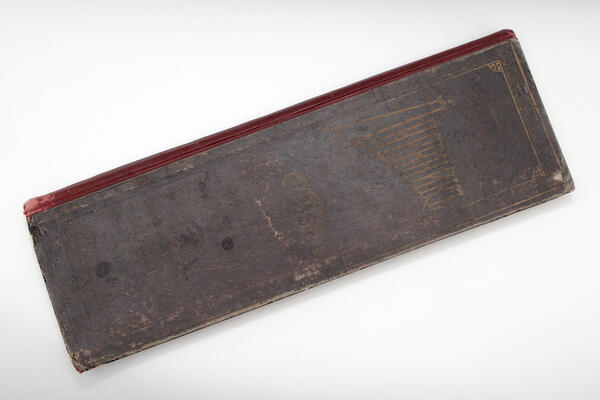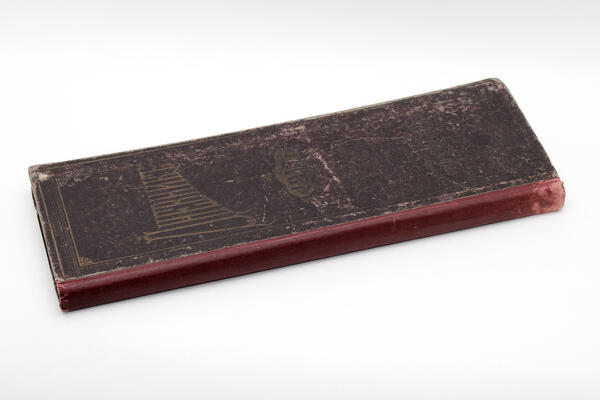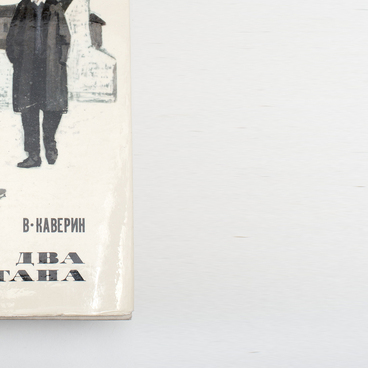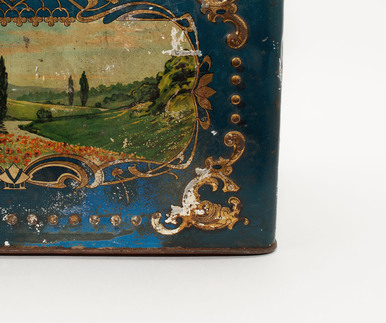In the Russian Empire, diaries with reference information were called “daily planners”. The diary planner for 1918 contains more than 300 pages, including a card with months, days of the week, holidays and astronomical information: phases of the moon, eclipses, sunrises and sunsets.
Inside this notebook there is also a two-page spread of the map of the Russian Empire, reference information about banks, railways, cargo transportation, registration of legal papers, types of contracts, and advertisements. This daily planner was intended for merchants.
The daily planner was produced during the Revolution of 1917 at the Otto Kirchner factory in Petrograd. It was a large publishing house for accounting notebooks and copybooks, bookbindings and leather goods, as well as calendars. The factory grew out of a small workshop on Malaya Morskaya Street in St. Petersburg, which was opened by a 23-year-old German, Otto Frantsevich Kirchner. He received an internship abroad, imported the best materials, and his products were in great demand.
From 1901, the factory and the chain of stores were managed by his sons, Karl and Franz Kirchner. The outbreak of the First World War and the October Revolution changed the position of the Otto Kirchner company, the quality of its products dropped significantly, and the brothers themselves were arrested and exiled to Vologda as prisoners of war.
Different types of tear-off calendars were produced in the USSR: general (also called political), calendars for women, athletes, the whole family and schoolchildren. The flip calendar with a spring binding could be of a desktop or wall-mounted variety. The single-page came out in the form of a table and issued in pocket, wall-mounted or desktop format.
The history of printed calendars in Russia began in the 18th century. The scientist, military commander and associate of Peter I, Yakov Bryusov in association with the book publisher Vasily Kupriyanov, released the astrological Bryusov calendar. By the tsar’s decree, the monopoly to issue calendars was given to the Russian Academy of Sciences. For about 200 years, the Bryusov calendar was used by all Russian farmers.
The appearance and modification of calendars in any country is strongly linked to the development of industry, which requires constant and accurate calculations in the fields of production and finance.





